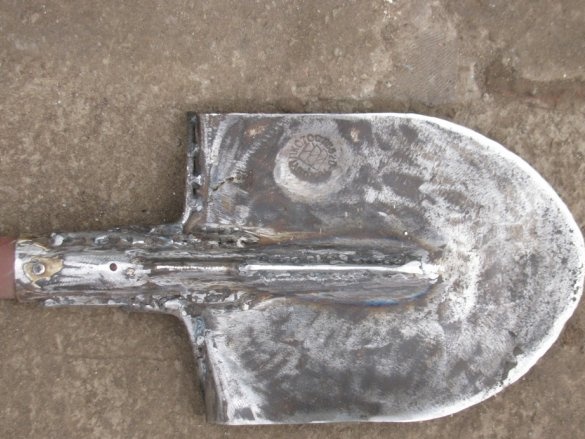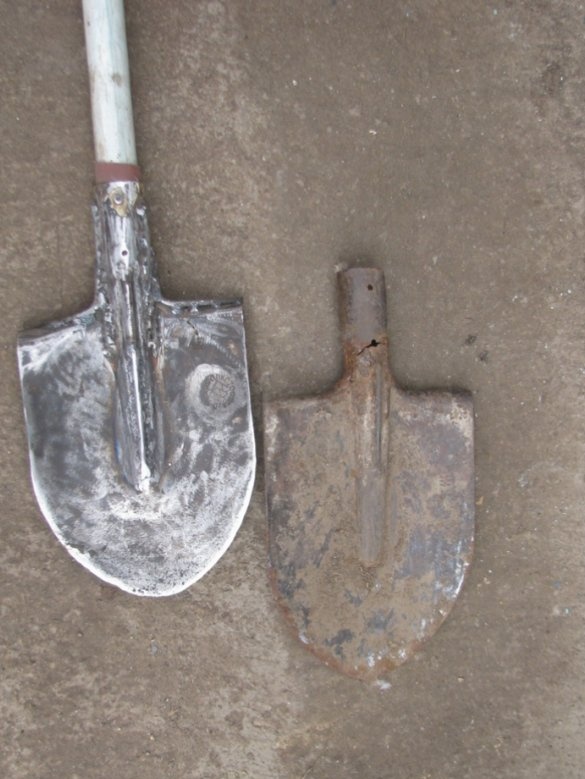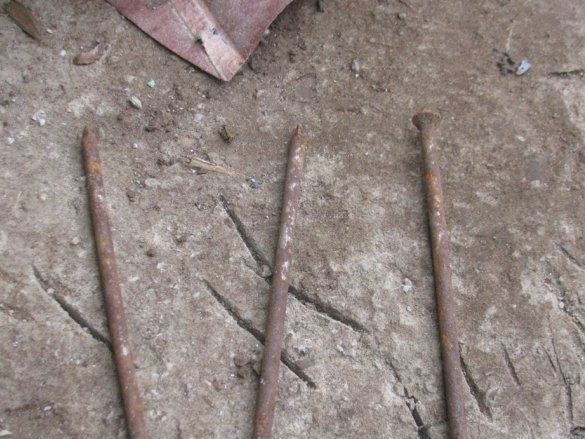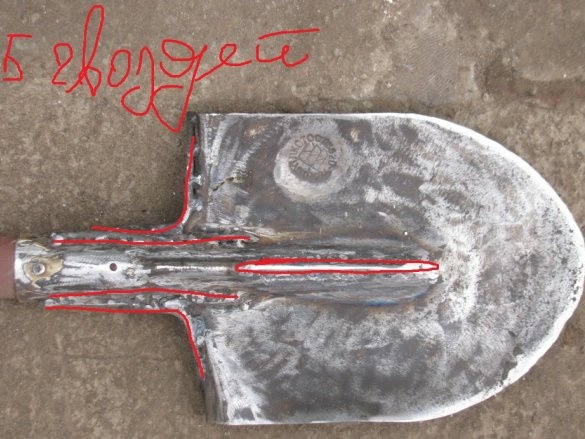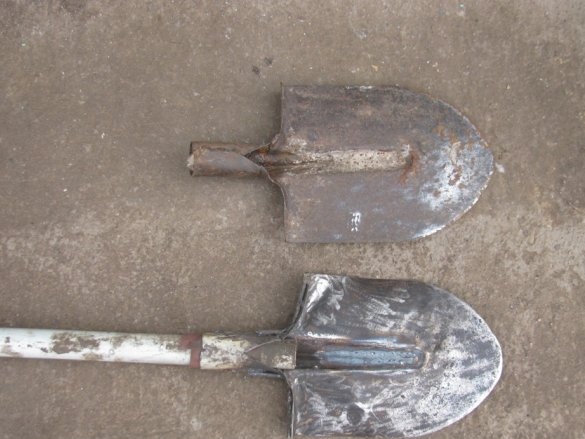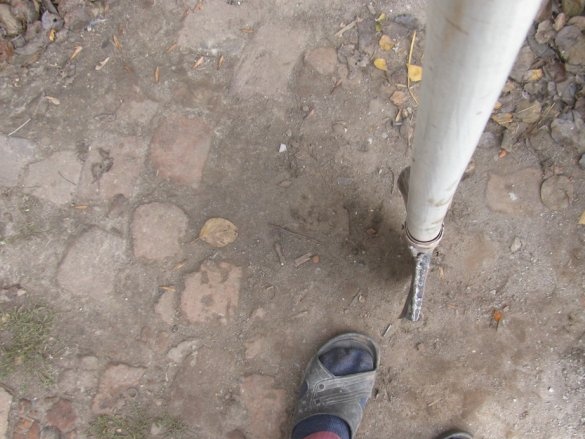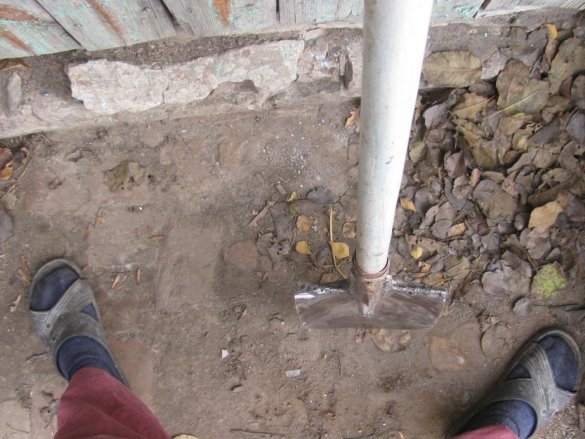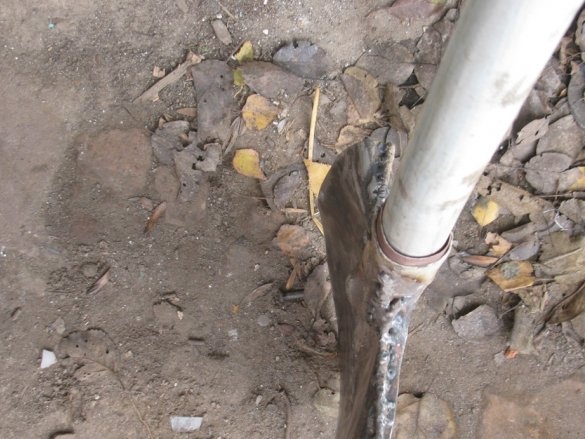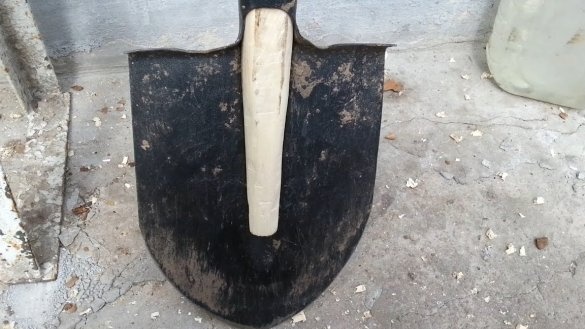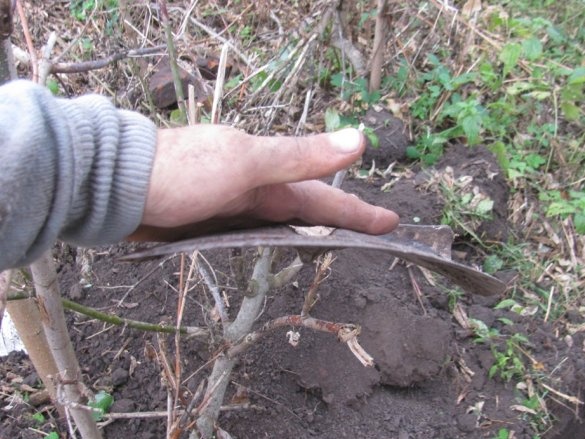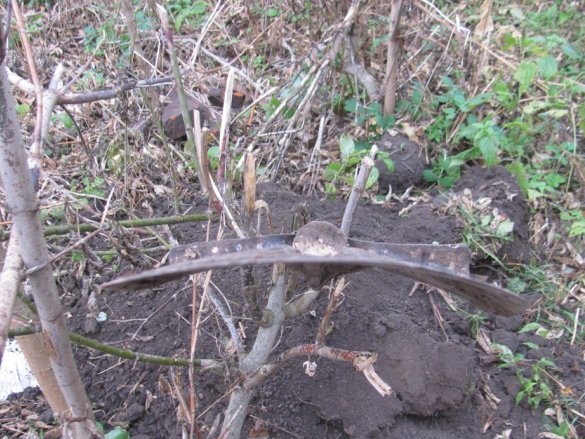The bayonet shovel is actually a rather formidable tool, you can dig trenches, pits for poles and more, cutting through the roots, breaking through stones and other obstacles.
I’m digging a trench 120 meters long in dense clay and the bayonet shovel can’t stand it. One spade is enough for 30 meters, then you need to either cook it or take another, although I don’t lean on it especially. The fact is that in the process of digging, the shovel bends, springs, as a result, over time, the metal gets tired and does not return to its original position and the shovel bends, and then breaks, gives cracks.
Strengthening
In the process of destruction of the shovel, I welded it, in the end it turned out what you see in the photo, this is the final version and, in principle, it is optimal. The stiffening ribs of the shovel were reinforced with old thick nails, and when welded solidly, strong stiffening ribs were obtained. As a result, 5 nails went, this is not so much weight, but the strength of the shovel and the resource are greatly increased.
Productivity increase. Important!
Usually a shovel handle has a sharpened end, part of the handle goes along the blade under the stiffener. Thanks to this design, the shovel's bending strength is increased. BUT! This design greatly reduces the performance of the bayonet shovel. Take a stick and try to insert it into dense ground, well, really? Not! So with a bayonet spade, the handle simply rests on the ground and the spade is stuck somewhere in the middle.
Due to the strengthening of the structure, which I described above, the handle does not need to be carried along the stiffener, it is inserted only into the bracket (pipe) and reaches the upper border of the shovel. When I did this, I got scared of my shovels! Previously, I danced on it in order to somehow drive the bayonet into thick clay, now it goes like butter, and I take 10 centimeters at once, whole clay cobbles break off.
But it is important to remember that a shovel is not a crowbar, you need to feel the load, there are roots and stones ....
Plus, I slightly knocked the blade forward, so the shovel takes the breed better, but this does not affect the breakdown force, and you need to bend your back less.
We clean off the paint from the shovel, the friction of the metal on the ground is minimal. The shovel rusts when it does not work, so it is better to lubricate it for storage.
As they usually do ....
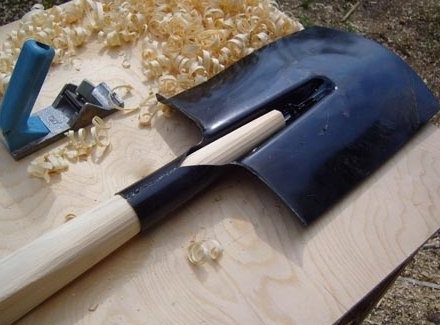
Like mine!

